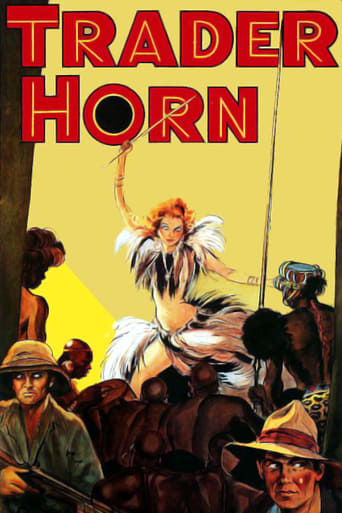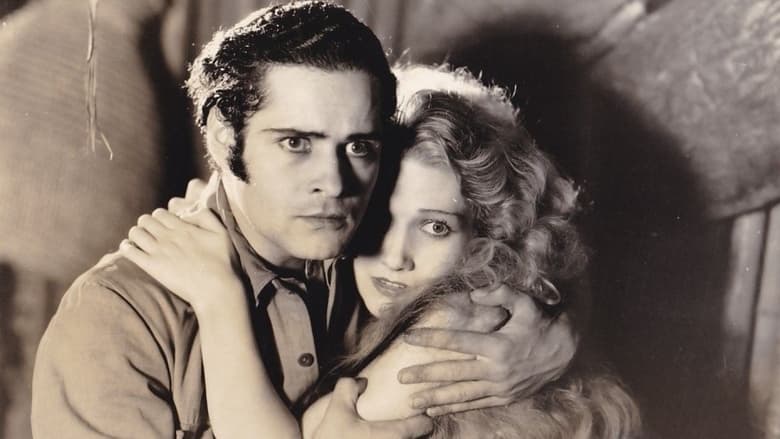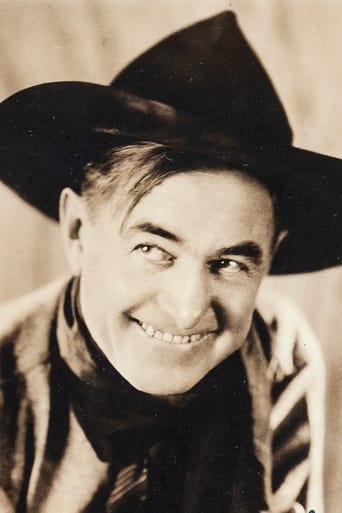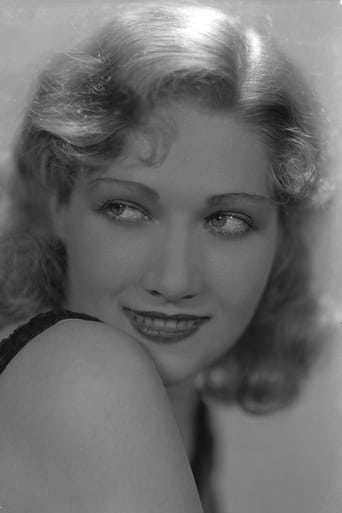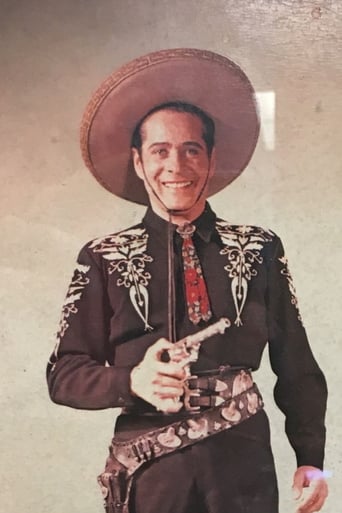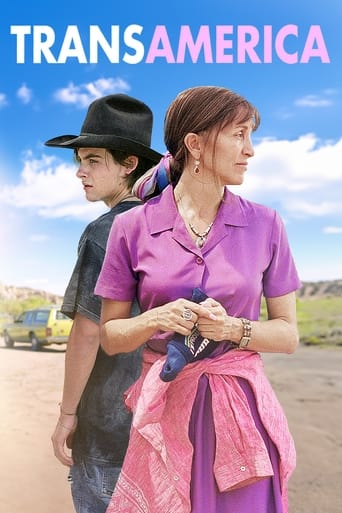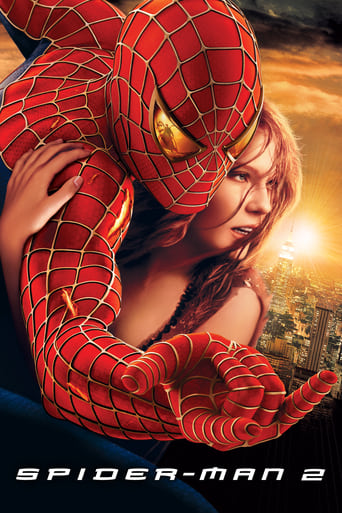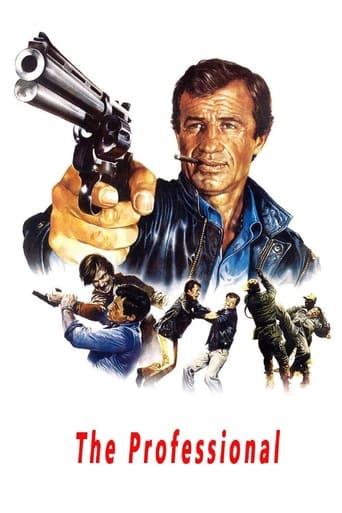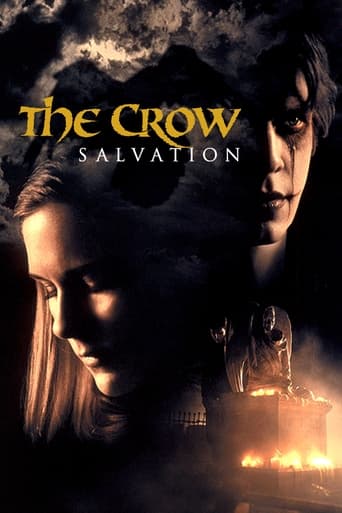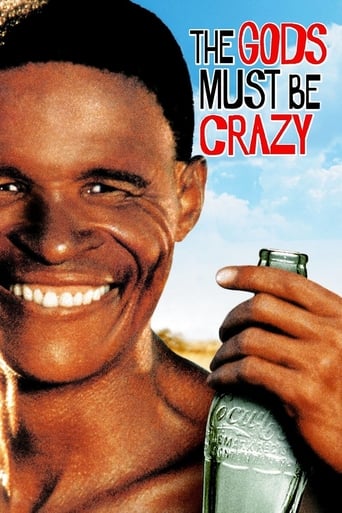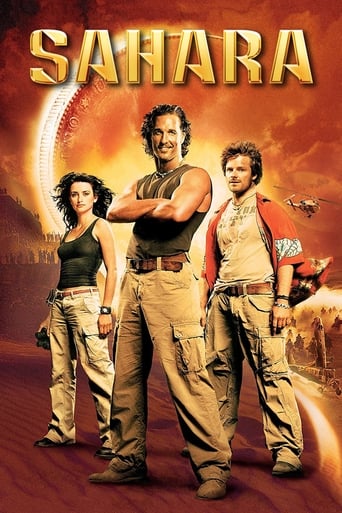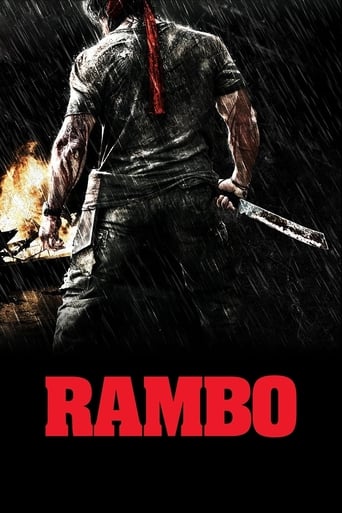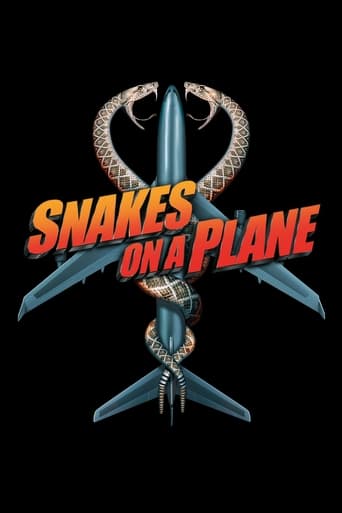Trader Horn (1931)
While on safari in an unexplored area of Africa, Trader Horn and Peru find missionary Edith Trent killed by natives. They decide to carry on her quest for her lost daughter Nina. They find her as the queen of a particularly savage tribe, and try to bring her back to civilization.
Watch Trailer
Free Trial Channels
Cast


Similar titles
Reviews
Clever and entertaining enough to recommend even to members of the 1%
All of these films share one commonality, that being a kind of emotional center that humanizes a cast of monsters.
It's a good bad... and worth a popcorn matinée. While it's easy to lament what could have been...
Just intense enough to provide a much-needed diversion, just lightweight enough to make you forget about it soon after it’s over. It’s not exactly “good,” per se, but it does what it sets out to do in terms of putting us on edge, which makes it … successful?
This movie took six months on site(s) in Africa. That was about three times the usual for the time. Upon return to the States some of the film was deemed unusable. So a crew went to Mexico and re-shot some scenes. Edwina Booth plays Nina, lost daughter of white missionaries. She is queen of an African tribe when she is found. To me she looked scared the whole time she played the queen but I think she was suppose to be looking savage and mean. While she runs around almost nude the entire time she is on screen there is nothing that shows. This was a ground breaking role for her and it also was basically the end of her career. She contracted malaria and it took her six years to recover. By then she had been all but forgotten. Harry Carey is the experienced, older white hunter who is chaperoning the son of an old friend around. Captured by Nina's tribe, all the bearers are tortured, killed and I guess eaten. When it becomes their turn Nina saves the two whites and their gun bearer. They escape with the girl and lead all on a merry chase. Then Carey separates from the pair to lead the trackers away. The end of the movie has Carey starting out on an expedition to find the two but just as he is leaving they show up. Filmed in 1931 when animals were shot or otherwise miss treated for movie scenes there are several times when this appears to happen here. The rhinos that shot and killed, the lions and leopards that attack the other animals were reportedly starved so they would attack. I don't think a lion who was not starving would go after a warthog, they are very formidable opponents. While did not care for the needless killings and such this is not a bad movie for 1931.
In the opening credits it states "dedicated to the White hunters" and they all have Esq. after their names. Fair enough. But, no mention of the natives at all. Not one name or Tribe or even an acknowledgment of their existence in the film. Seeing that the tribesmen are on screen 90% of the time, it seems a bit odd. Or maybe not.It is striking to see the natives in full display. There are cornrows, face piercing, tattoos, and fully exposed female breasts. There is even a "soul" handshake. All for your perusal for the price of a ticket. But no screen credit, as if they were somehow animated props.Racism and the dehumanization of the native people as a standard practice in Hollywood (and society) in 1931 was the status quo. So we will leave it at that.The film itself is quite a remarkable achievement. It is the granddaddy of jungle pictures and enjoyable today. There are incredible shots of wildlife and white life in contrast. A Caucasian woman raised by the natives and "rescued" by our heroes, cannibals, pygmies, love and death laid out against a tapestry of a beautiful virgin landscape. We moderns have lost our wonder and awe for this type of thing, but one could imagine audiences in 1931 completely enjoying this walk on the wild side guilty pleasure and relishing a ride to dark side.
...and you can see why this film caught the attention of the Academy at the time. For the same reasons that viewing live musical performances from 1970's TV don't excite in the age of the Ipod, anyone who views this from the perspective of someone who has 24/7 access to Animal Planet and the Discovery Channel won't get what the big deal is of seeing Africa's wildlife on film. From today's standards, the wildlife isn't even that clearly photographed. In 1931, though, most people had never seen such sights.When I first saw the year this film was made and that it was a startling 123 minutes long for a film made in the early 30's, I somewhat suspected I was going to be subject to some preposterous maudlin melodrama in the MGM tradition that went on forever, but it is packed with action and has a very good story. The story involves seasoned African adventurer Aloysius "Trader" Horn (Harry Carey) taking Peru (Duncan Renaldo), 23 year-old son of an old friend, on his first big adventure into Africa. Along the way they run into a missionary, also a friend of Horn. She has been preaching among the natives and seeking the daughter that was stolen from her by the natives for twenty years. Soon thereafter, Horn and Peru are captured by a group of natives led by a young white woman - presumed to be the daughter of the missionary woman. Horn, Peru, and their native gun bearer are slated for a horrible execution by the natives unless the young white girl intercedes on their behalf. If she does will the other natives even listen? And if they do listen, how will our protagonists get back to the closest trading post without their guns, which have been confiscated by their captors? Some of the language tossed around, such as Trader Horn calling the African villagers "monkeys" will likely cause you to cringe, but - again - you must remember this dialog is a product of its time. The film did show a surprising and touching camaraderie between Horn and his native gun bearer, Rencharo.Also note the precode element in this film. Native women are plainly shot unclothed from the waist up, which is probably very much based in reality. If this film had been made five years later that would not have happened. Of course, even in the precode era, this might be OK for the native "savages" but not for the grown white girl raised by them. She has a kind of make-shift fur top on that still shows a great deal, but not everything.The film elements on this one are somewhat shaggy, the contrast is poor, and it cries out for restoration. In spite of all of this, I still recommend it to fans of this era of film-making as a unique cinematic experience.
Trader Horn seems to have set a precedent for later African adventure movies. It introduces the African adventurer (not a hunter or explorer in this movie, but a trader). There are very typical scenes: alligators and hippos in the rivers and lakes; herds of wildlife stampeding; beautiful distant vistas; teeming jungle and swamps; loud waterfalls; variety of African tribes; tribal drums, dances, daily life, and weapons; natives torturing and killing other natives; a paddle-wheel riverboat; native "chief gun bearer" and porters; predator/prey kills; and the shooting of animals to protect the adventurers. It includes a reverse-Tarzan storyline, with a female white person abducted as a child by natives, who later becomes a sort of tribal queen, but is "rescued" by the adventurers and returned to civilization. Graphic scenes include shooting and killing two rhinos and watching lions and leopards killing prey. A considerable amount of the film is devoted to scenes of wildlife, with descriptions of the common names of the animals and something of interest about each type, which is much like a documentary. Most other African adventure movies seem to have borrowed ideas and scenes from this movie.Something that interests me about this film is that the primary supporting role is played by Duncan Renaldo, when he was a very young actor. About 25 years later, he became a very popular western hero on television, starring in the half-hour weekly show The Cisco Kid.

